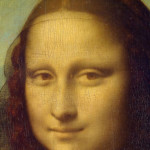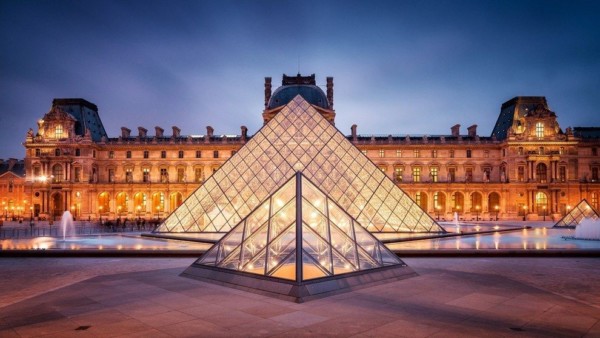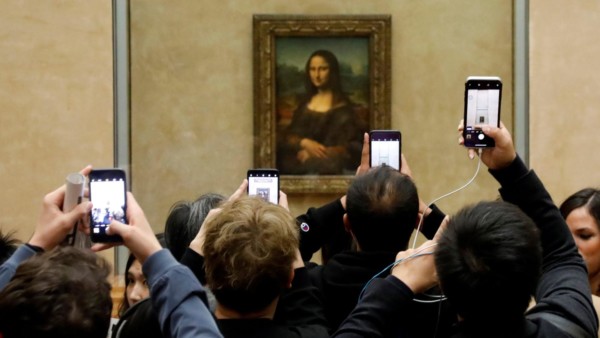Mona Lisa: Leonardo Da Vinci

Did you know?
She has her own room in the Louvre Museum in Paris
Mona Lisa: Leonardo Da Vinci
History
- The portrait is of Lisa Giocondo – A wealthy woman from Florence, Italy.
- It’s believed to have been commissioned to celebrate the birth of her second son.
- It is also known as La Giacanda, which is a pun on her name and the word jocund which means ‘happy’.
- Mona in Italia is a polite form of address, similar to ‘Ma’am’
- Da Vinci kept the painting for reasons unknown, and took it with him to France after completion.
- It once hung in Napoleon’s bedroom in the Tuileries Palace.
- Gained fame after being stolen in 1911 from the Louvre by an Italian man, Peruggia, who believed it should be returned to Italy.
Composition
- 77x53cm
- This is comparatively large for a portrait of the time
- Oil paint on wood (poplar) panel, lined with linen cloth.
- One of the first examples of sfumato portraiture – literally translated that means ‘without borders, in the manner of smoke’. This means it is almost impossible to see the transition between light and shade, with very subtle brush strokes.
Present Day
- Currently displayed in the Louvre, Paris. It was one of the first artworks to be displayed there after it became a national museum following the French Revolution.
- On average, 30,000 visitors come to see the Mona Lisa each day.
Artist
- Leonardo Da Vinci was an Italian polymath (someone with a deep knowledge over a variety of subjects). He is widely regarded as a genius. Interest in Leonardo and his work has never diminished. Crowds still queue to see his best-known artworks, T-shirts still bear his most famous drawings and work.
- Other works include ‘The Last Supper’, ‘Vitruvian Man’ and many scientific drawings and journals.
- Born 14th/15th April 1452
- Died 2nd May 1519 (aged 67)







